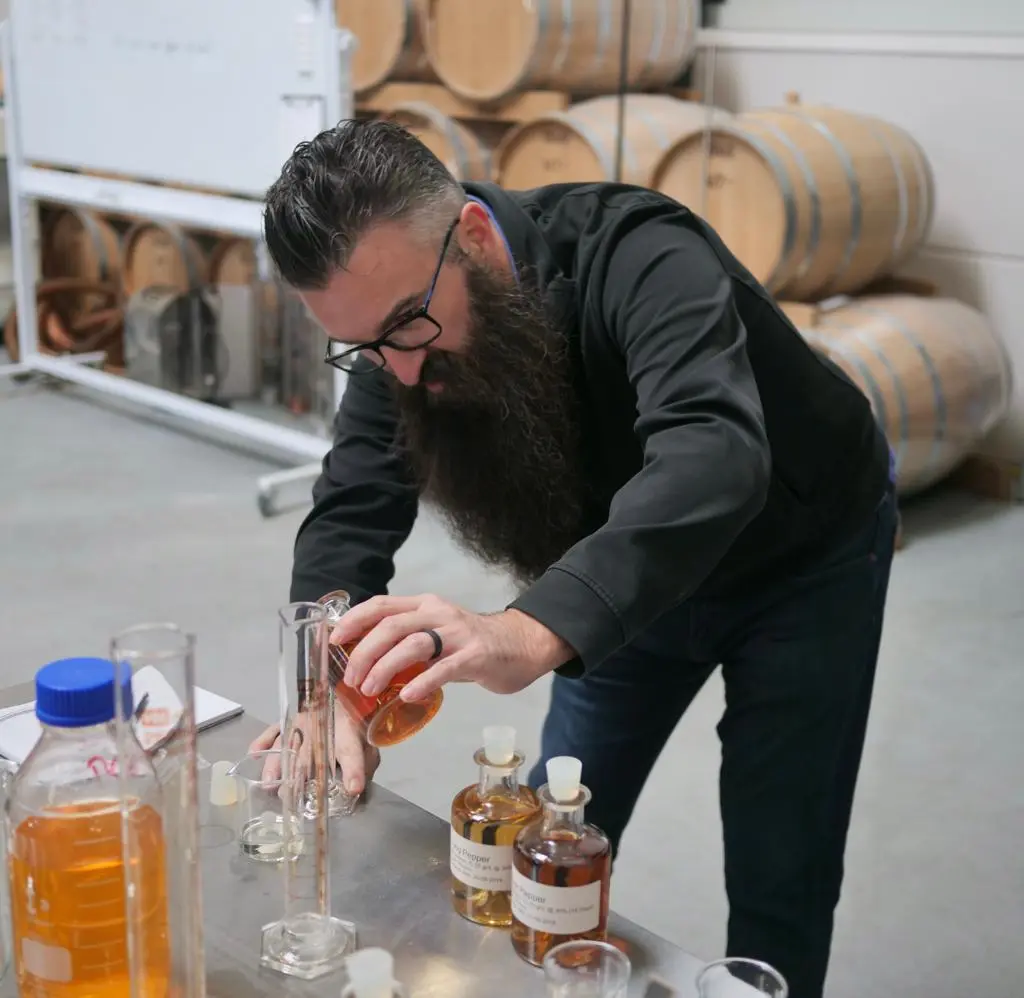The Covid crisis has had a big impact on businesses all around the world. The hospitality industry, in many countries, has been hit especially hard. At Loki Distillery we have been fortunate enough to see our business grow during the pandemic. The reason we were able to switch gears and change production is due to the adaptability of iStill technology. We’ve gotten similar reports from iStill colleagues all over the world; they easily switched to distilling hand sanitizer when there was a shortage or turned to different products when sales dropped, or demand changed.

When all the bars closed, stock began piling up and, unlike spirits, you can’t keep beer forever. Our team at Loki Distillery swung into action to help pubs and breweries that were faced with a sudden surplus of beer. Could we do something with the alcohol in the beer? Of course! There’s actually a whole range of products that can be made from beer.

The style of beer narrows the options available for the final distilled product, so if you are interested in repurposing beer, here are some guidelines:
Blonde Beers, Weizen, etc.: These beers can be turned into a lighter spirit that can be used as a base for Gin, Liqueur, or Genever.
Dark Lager, Brown Ale, Bock, Double, etc.: We recommend turning these beers into a Bierbrand or Eau-de-vie de bière (also known as Bierschnaps). They need a couple of months of wood aging in new oak, resulting in an almost whisky like flavor.
Stout, Porter, Triple, etc.: These beers transition well into Barley Wine. Let it rest for a couple of years in a used bourbon barrel or port pipe to create a great, almost sweet drink, that reminds you of whisky and port at the same time.
Lager: There’s not enough flavor to create something really interesting in most lagers. We’ve found it’s best to turn it into a Vodka or GNS (Grain Neutral Spirit).
IPA: The different hops used in many IPA’s offer lovely fruity flavors, but they are horrible when distilled. They often turn into flavors that are almost sulphuric or garlicky. So, our recommendation for transitioning an IPA is to distill it into a vodka. Then, to get rid of the residual smells do another vodka run, this time use the Natriumhydroxide Protocol covered in the iStill Blog.
From stale beer to great spirits. Because no one wants to waste a drop of alcohol!
Dr. H.E.J. (Odin) van Eijk, MScBA, etc.
Founder, owner, and CEO of iStill – Distilling made easy.
Originally from iStill blog post Tales from the work floor: let’s work our magic on stale beer
